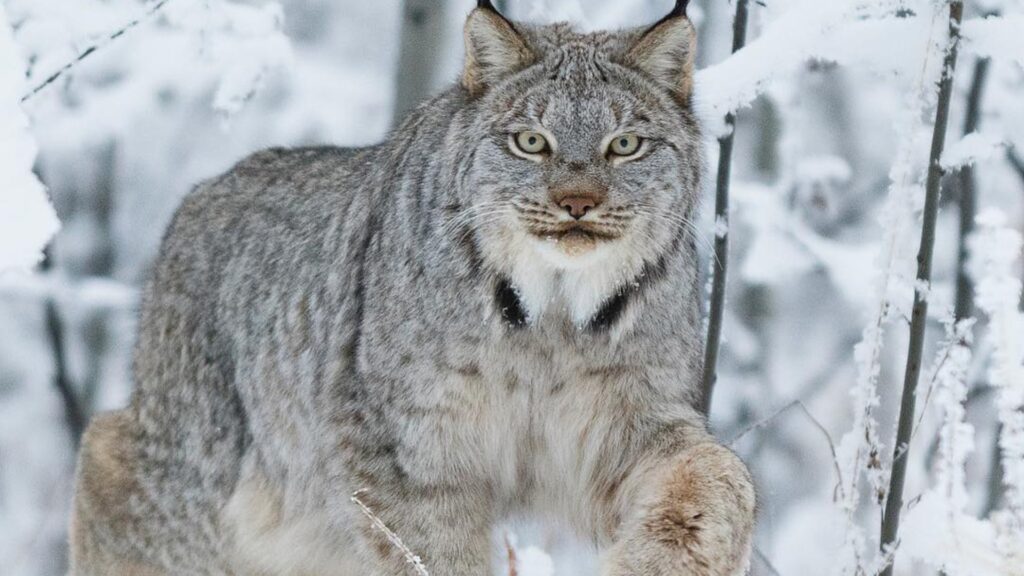
North America is home to a diverse array of wild felines, ranging from elusive climbers to powerful predators. These remarkable cats are integral to the continent’s ecosystems, yet many face pressures from habitat loss and other environmental threats. In this article, we will explore seven extraordinary wild cats native to the region and delve into their unique characteristics and habitats. From the small yet agile bobcat to the mighty jaguar, each of these creatures has fascinating adaptations that help them survive in the wilds of North America.
Bobcat: The Resilient Wildcat
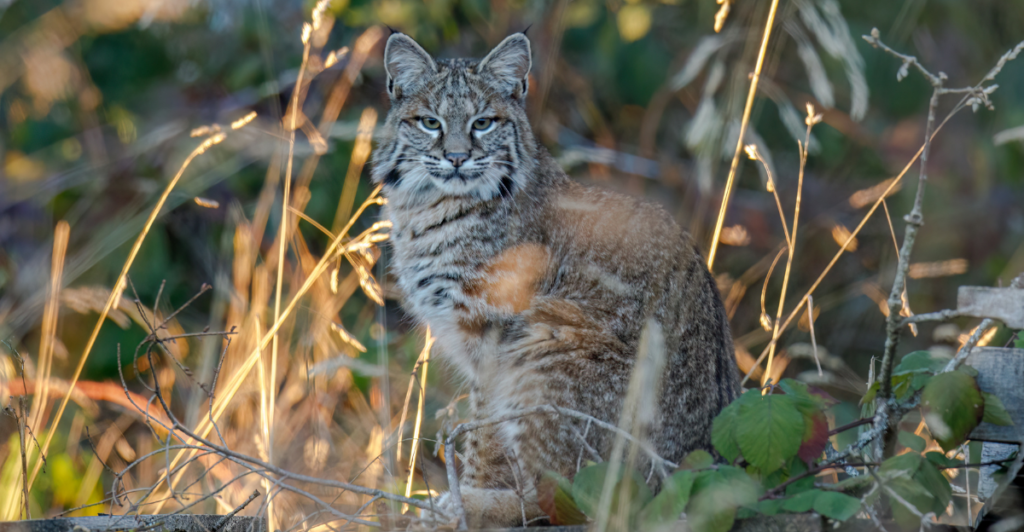
The bobcat (Lynx rufus) is one of the most common wild cats in North America, with a population of around 2.3 to 3.5 million in the United States alone. Found from southern Canada to Mexico, the bobcat thrives in diverse habitats, including forests, deserts, and grasslands. Recognizable by its short, “bobbed” tail and tufted ears, the bobcat is a highly adaptable and resourceful predator. It preys on a variety of small animals, with cottontail rabbits being a common target. Despite its wide range and stable population, the bobcat faces the ongoing challenge of habitat encroachment in urban areas.
Canada Lynx: The Snow Specialist
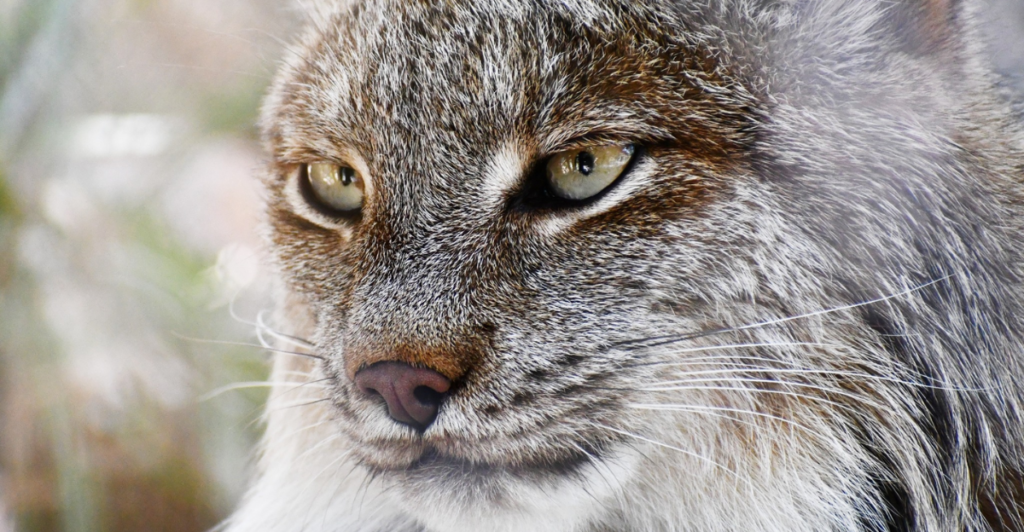
The Canada lynx (Lynx canadensis) is a specialist of cold, snowy environments, found in the boreal forests of Canada, Alaska, and parts of the northern United States. With its long legs and broad paws covered in thick fur, this lynx is well adapted to walking on deep snow. Its diet primarily consists of snowshoe hares, and its population tends to fluctuate in sync with the availability of this prey. The Canada lynx’s pale, gray-brown coat and tufted ears make it a striking, yet elusive, presence in its frigid home. Though the species is currently stable, it faces challenges from climate change and habitat disruption.
Puma: The Elusive Mountain Lion
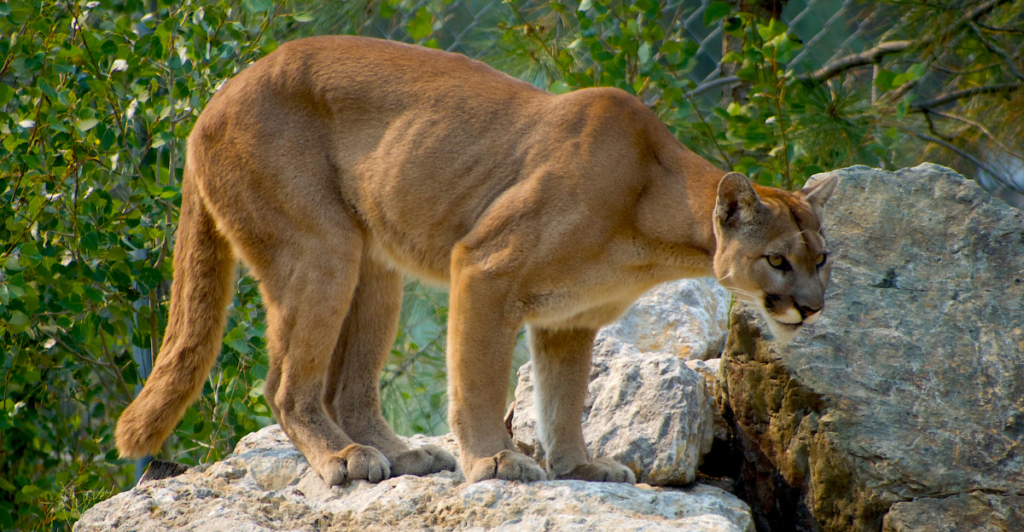
The puma (Puma concolor), also known as the mountain lion or cougar, is the second-largest wild cat in North America and boasts the largest range of any wild cat on the continent. This adaptable predator can be found across a variety of landscapes, from dense forests to arid deserts. The puma’s plain coat, typically a mix of gray and brown, helps it blend into its environment, while its impressive agility allows it to stalk a wide range of prey, from deer to smaller mammals. Despite its resilience, the puma faces population decline in some areas, primarily due to habitat loss and fragmentation.
Ocelot: The “Mini-Jaguar”
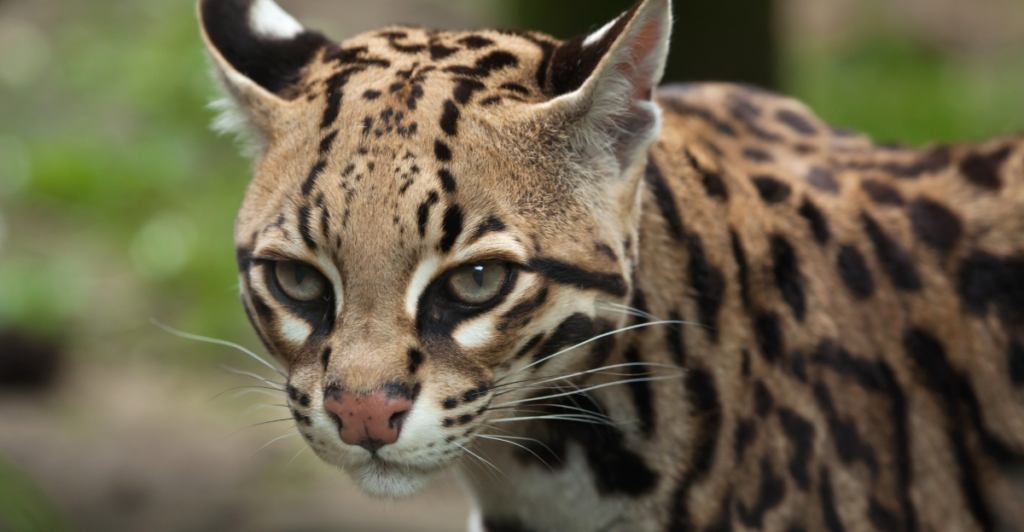
The ocelot (Leopardus pardalis) is a small wild cat found in the southern United States, especially in Texas and Arizona, and throughout Central and South America. Its striking coat, marked with dark spots and rings, has earned it the nickname “mini-jaguar.” The ocelot is an expert climber, often resting in trees during the day to avoid predators. While its diet primarily consists of small mammals, birds, and reptiles, the ocelot is also known for its elusive nature. The species is considered of least concern, but its population is declining due to habitat destruction, particularly in tropical forests.
Jaguarundi: The Weasel-Like Wildcat
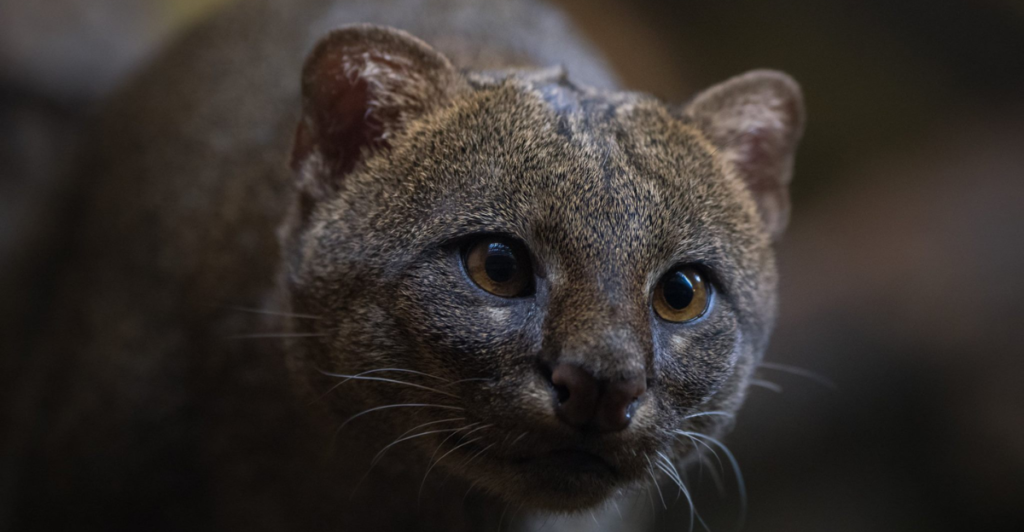
The jaguarundi (Herpailurus yagouaroundi) is the smallest wild cat in North America, with a slender, weasel-like body and a coat that can range from dark gray to golden-red. Unlike most felines, the jaguarundi is diurnal, often active during the day. This small cat primarily preys on rodents, birds, and small reptiles. While the jaguarundi is typically found in Central and South America, its occasional sightings in Texas and Florida indicate a limited presence in North America. As with many wild cats, habitat loss remains a significant threat to the jaguarundi’s future.
Jaguar: The Mighty Apex Predator
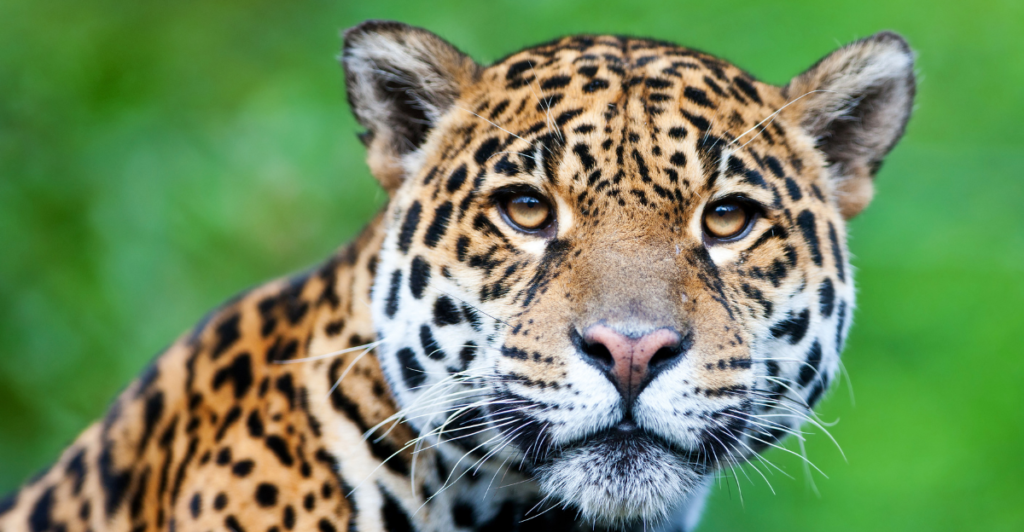
The jaguar (Panthera onca) is the largest and most powerful wild cat in North America. Found mainly in Central and South America, jaguars occasionally range into Mexico, with rare sightings reported in the southern United States. Known for their striking golden-yellow coat with dark rosettes, jaguars are apex predators, preying on a variety of animals, including deer, wild boar, and even caimans. With the strongest bite force of any cat, jaguars can crush the skulls of their prey or pierce the shells of turtles. Despite their power, jaguars face the threat of deforestation and poaching, leading to their near-threatened status.
The Evolution of North America’s Wild Cats
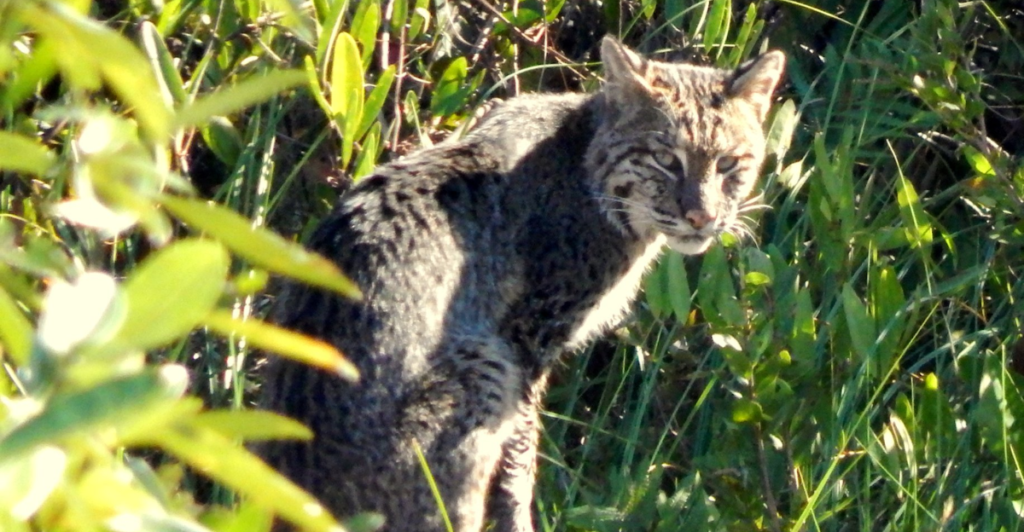
The wild cats of North America share a common ancestor that lived over 50 million years ago. This ancestor, thought to be a small, weasel-like creature, eventually evolved into the diverse range of species we see today. While some species, like the jaguar, belong to the “big cat” genus Panthera, others, like the puma, are part of the smaller Felinae subfamily. Over time, these cats have adapted to different environments, from the snowy tundras inhabited by the Canada lynx to the deserts frequented by the bobcat. Understanding these evolutionary paths helps conservationists protect these remarkable creatures.
Adaptations for Survival: From Climbing to Hunting
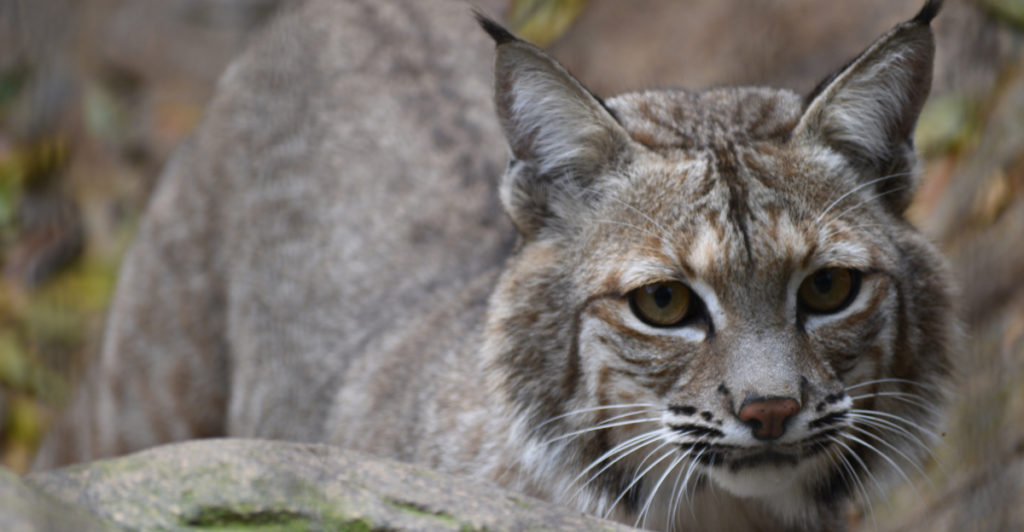
North America’s wild cats have evolved an array of unique adaptations that help them survive in a wide range of habitats. Many of these cats are expert climbers, such as the ocelot and margay, who navigate the forest canopy with ease. Others, like the puma and jaguar, rely on their impressive strength and stealth to hunt larger prey. Additionally, some species, such as the Canada lynx, have developed specialized features like large paws to help them traverse snow-covered terrain. These adaptations enable each species to thrive in its environment, making them fascinating subjects of study.
Conservation Challenges: A Struggle for Space
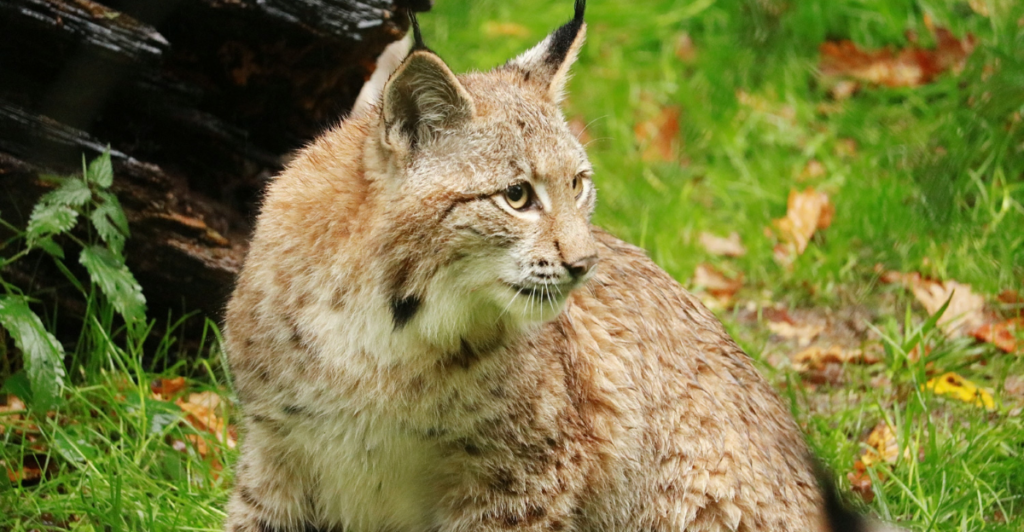
As North America’s human population grows, wild cats face increasing challenges related to habitat loss and fragmentation. Urban sprawl and deforestation threaten the natural habitats of many of these species, pushing them into smaller, more isolated areas. While some species, like the bobcat, have managed to adapt to urban environments, others, like the jaguarundi and margay, are particularly vulnerable. Conservation efforts, including the establishment of wildlife corridors and protected areas, are critical to ensuring the survival of these incredible cats.
The Role of Wild Cats in Ecosystems
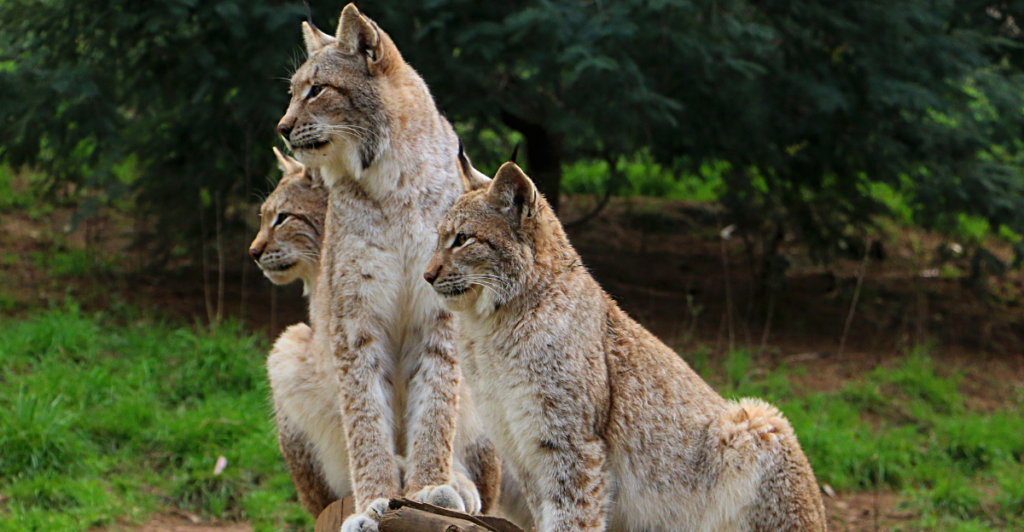
Wild cats play an important role in maintaining the balance of their ecosystems. As apex predators, they help control populations of smaller animals, preventing overgrazing and the depletion of vegetation. The puma, for example, regulates populations of deer, while the Canada lynx helps maintain the balance of snowshoe hare numbers. This top-down control of prey populations is vital for maintaining the health of the ecosystem. Additionally, by keeping populations in check, wild cats contribute to the overall biodiversity of their habitats.
Understanding the Behavior of Wild Cats
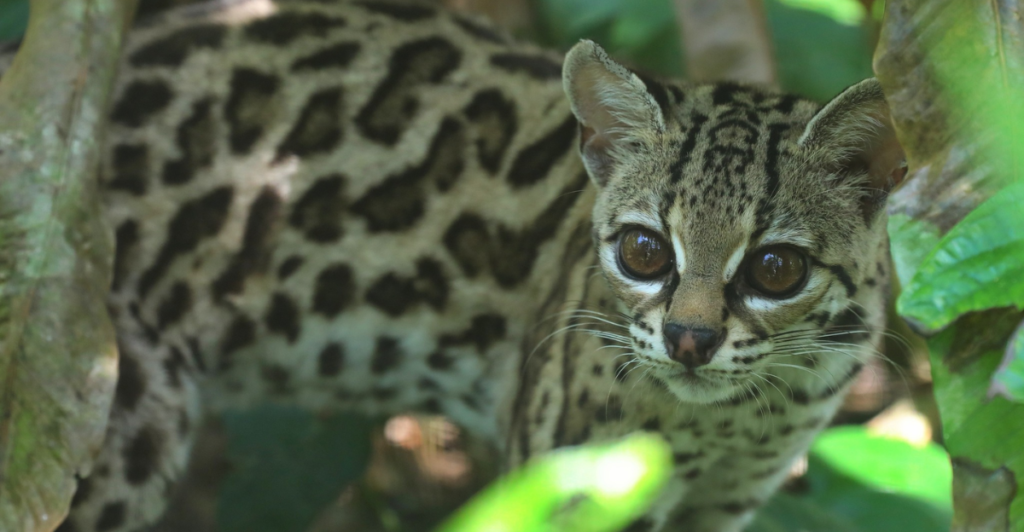
Wild cats are known for their solitary and elusive nature, which makes them difficult to study. Most species are nocturnal, using the cover of darkness to hunt and avoid predators. They rely on stealth and surprise to catch their prey, stalking silently before pouncing. The puma, for example, is known for its ability to leap great distances and climb trees to ambush its prey. While some species, like the jaguarundi, are more active during the day, most wild cats are nocturnal hunters, using the night to their advantage.
The Future of North America’s Wild Cats
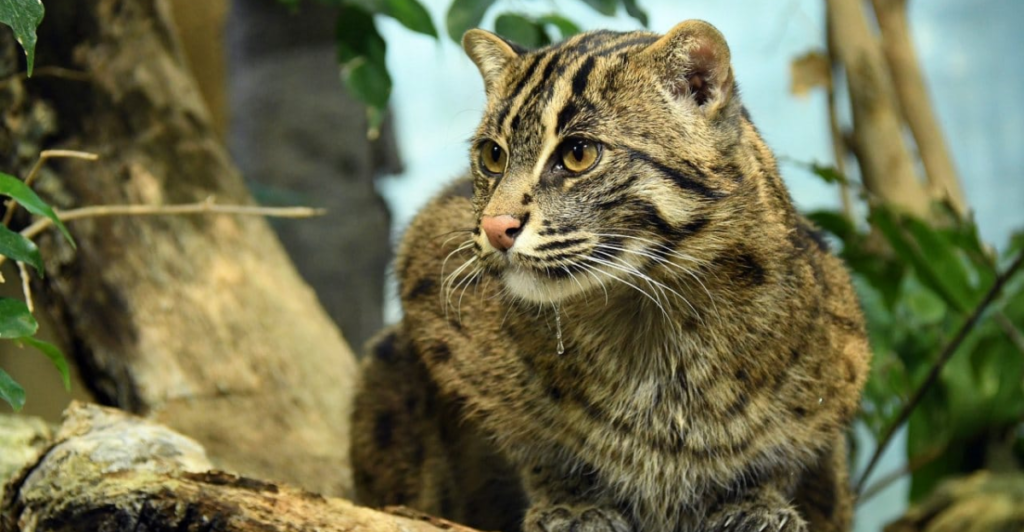
The future of North America’s wild cats is uncertain. While some species, like the bobcat, are thriving, others face significant threats to their survival. Habitat loss, climate change, and human-wildlife conflict are just a few of the challenges these cats face. However, ongoing conservation efforts offer hope. Protecting their habitats, reducing human-wildlife conflict, and raising awareness about the importance of these species are key to ensuring their future. By working together, we can help safeguard the wild cats that roam the forests, grasslands, and deserts of North America.
Protecting These Remarkable Felines
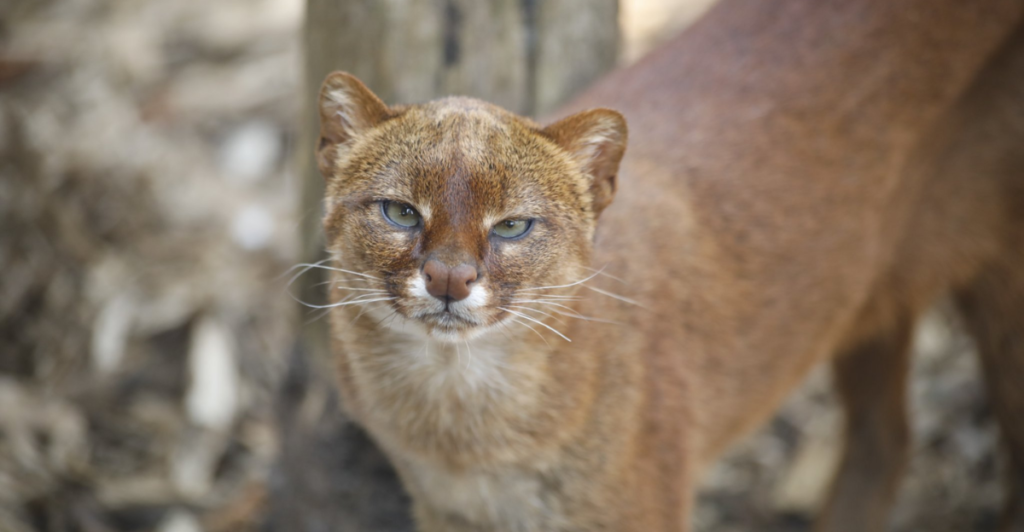
North America’s wild cats are a testament to the beauty and diversity of the continent’s wildlife. From the agile bobcat to the mighty jaguar, these cats have evolved to thrive in a variety of environments. However, their survival depends on our ability to protect their habitats and mitigate the threats they face. As we work toward preserving these iconic species, we are not only ensuring the future of these remarkable felines but also the health and vitality of the ecosystems they inhabit.
References:
Wild Cats of North America – List With Pictures & Facts
Status of Wild Cats
Wild Cats of North America
6 Wild Cats Still Found Roaming the U.S.
Stay connected with us for more stories like this! Follow us to get the latest updates or hit the Follow button at the top of this article, and let us know what you think by leaving your feedback below. We’d love to hear from you!







